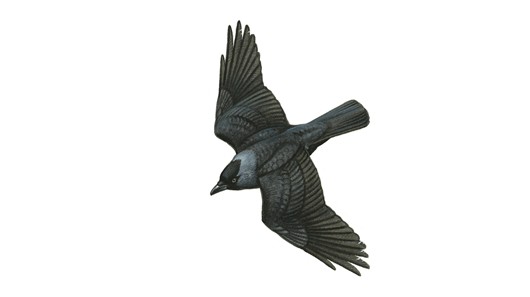Differences
This shows you the differences between two versions of the page.
| Both sides previous revision Previous revision Next revision | Previous revision | ||
| mrepo:topics:physicalcapability [06/03/2018 @ 11:49] – adammoore | mrepo:topics:physicalcapability [14/11/2023 @ 12:00] (current) – director | ||
|---|---|---|---|
| Line 1: | Line 1: | ||
| - | [[: | ||
| - | |||
| ==== Physical Capability ==== | ==== Physical Capability ==== | ||
| Line 17: | Line 15: | ||
| </h4> | </h4> | ||
| </ | </ | ||
| - | During the visits in [[questionnaires: | + | During the visits in [[questionnaires: |
| - | * **grip strength** [measured using an electronic dynamometer((For the 1999 and 2006-10 data collections the dynamometer used was the Nottingham Electronic MK3. This was changed to the Jamar Digital for the 2015-16 home visit.)) twice in each hand] \\ | + | * **grip strength** [measured using an electronic dynamometer((For the 1999 and 2006-10 data collections the dynamometer used was the Nottingham Electronic MK3. This was changed to the Jamar Digital for the 2015-16 home visit.)) twice in each hand, except for age 60-64 when three recordings were taken] \\ |
| * **chair rises** [time taken to rise from a chair and sit back down again 10 times as fast as possible] | * **chair rises** [time taken to rise from a chair and sit back down again 10 times as fast as possible] | ||
| - | |||
| * **standing balance** [measured as the time, up to a maximum of 30 seconds, that study participants could stand on one leg with their eyes open and also with their eyes closed] | * **standing balance** [measured as the time, up to a maximum of 30 seconds, that study participants could stand on one leg with their eyes open and also with their eyes closed] | ||
| - | In addition, 202 study participants participated in a sub-study at one of five clinics where leg extensor power was measured. < | + | In addition, |
| - | In [[questionnaires: | + | In [[questionnaires: |
| < | < | ||
| Line 38: | Line 34: | ||
| </h4> | </h4> | ||
| </ | </ | ||
| - | Questions on ADLs were asked for the first time in [[questionnaires: | + | Questions on ADLs were asked for the first time in [[questionnaires: |
| The main categories of ADL are as follows**: | The main categories of ADL are as follows**: | ||
| Line 59: | Line 55: | ||
| These questions were based on the OPCS postal questionnaire. | These questions were based on the OPCS postal questionnaire. | ||
| - | During the home interview at age 43 years, ADL questions were asked in two stages; firstly study members completed a general Disability Checklist screening questionnaire, | + | During the home interview at age 43 years, ADL questions were asked in two stages; firstly study members completed a general Disability Checklist screening questionnaire |
| During the home interviews at 53, 60-64 and 68-70 years, the screening questions for the OPCS classification were repeated followed by a question to distinguish severe or mild disability as defined in the OPCS survey. | During the home interviews at 53, 60-64 and 68-70 years, the screening questions for the OPCS classification were repeated followed by a question to distinguish severe or mild disability as defined in the OPCS survey. | ||
| A summary set of variables has been created at 43 and 53 years to look at change between these ages. As the complete OPCS set of questions was not asked at age 53 years or later, only these more limited summary measures are available at the earlier two time points. | A summary set of variables has been created at 43 and 53 years to look at change between these ages. As the complete OPCS set of questions was not asked at age 53 years or later, only these more limited summary measures are available at the earlier two time points. | ||
| + | |||
| + | ---- | ||
| + | |||
| + | === Key publications === | ||
| + | |||
| + | Cooper R, Mishra G and Kuh D {{https:// | ||
| + | |||
| + | Kuh, D., Bassey, E.J., Butterworth, | ||
| < | < | ||
| + | ---- | ||
| + | === Obtaining the physical capability standard variables === | ||
| + | |||
| + | * You can obtain a list of the standard topic variables to use in an NSHD data sharing request by selecting the link below.\\ | ||
| + | | ||
| + | **Please Note** that the standard basket only contains physical performance variables, rather than ADL measures. The ADL variables are all standalone, for individual tasks, and summary measures have not been derived. The most recent ADL variables can be found in data libraries ' | ||
| + | \\ \\ | ||
| + | Many more physical performance variables are available, for example different recodes of the measures, converting ' | ||
| + | |||
| + | < | ||
| + | \\ | ||
| + | |||
| + | [[http:// | ||
| + | \\ \\ | ||
| + | |||
| + | |||
| + | |||
